
Build an Impossible Table
George Vondriska
- In-depth Instruction; over 77 mins
- On-demand video access anytime
- Bonus downloadable PDF resources
- Access to class Q&A
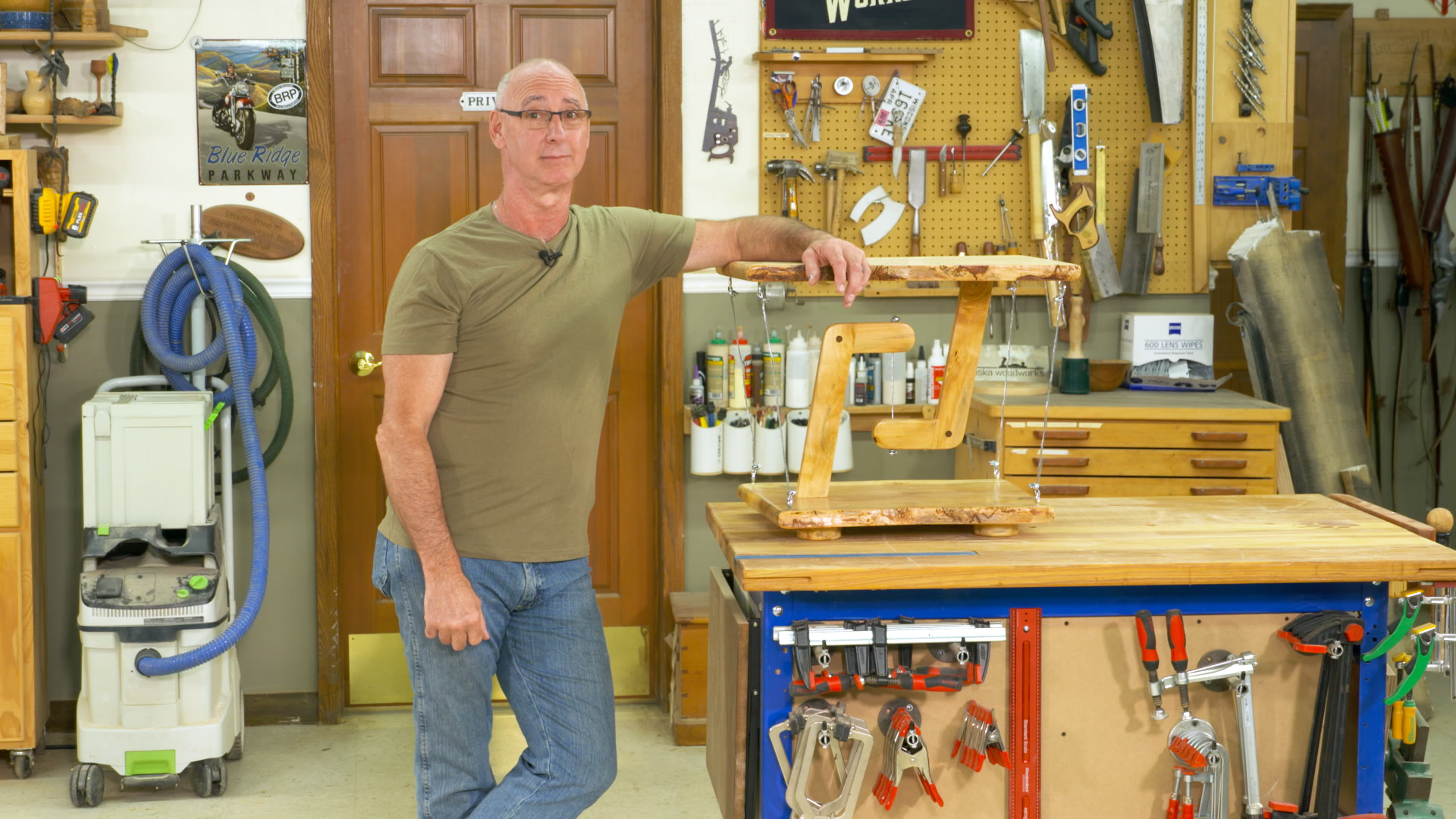
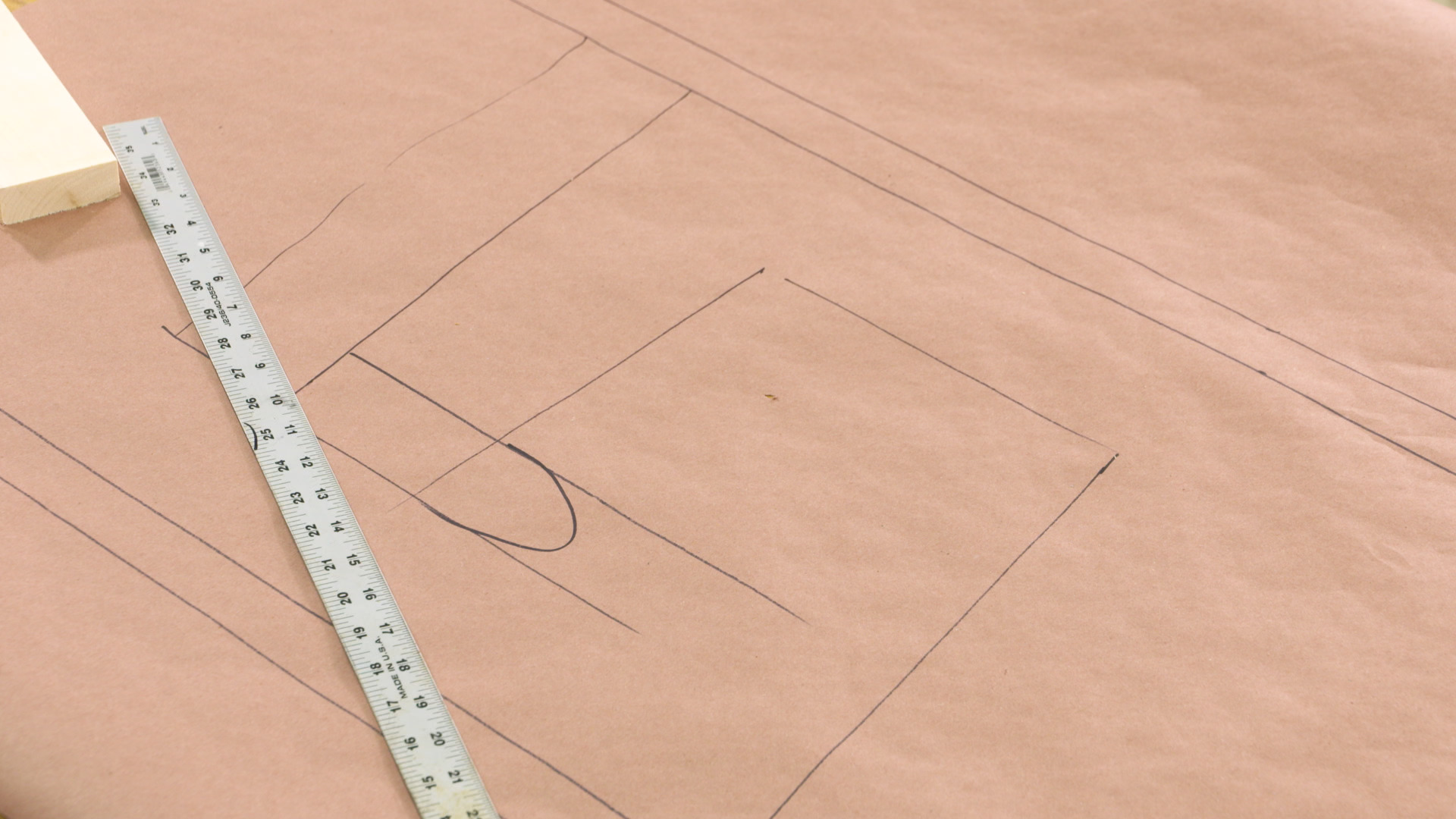
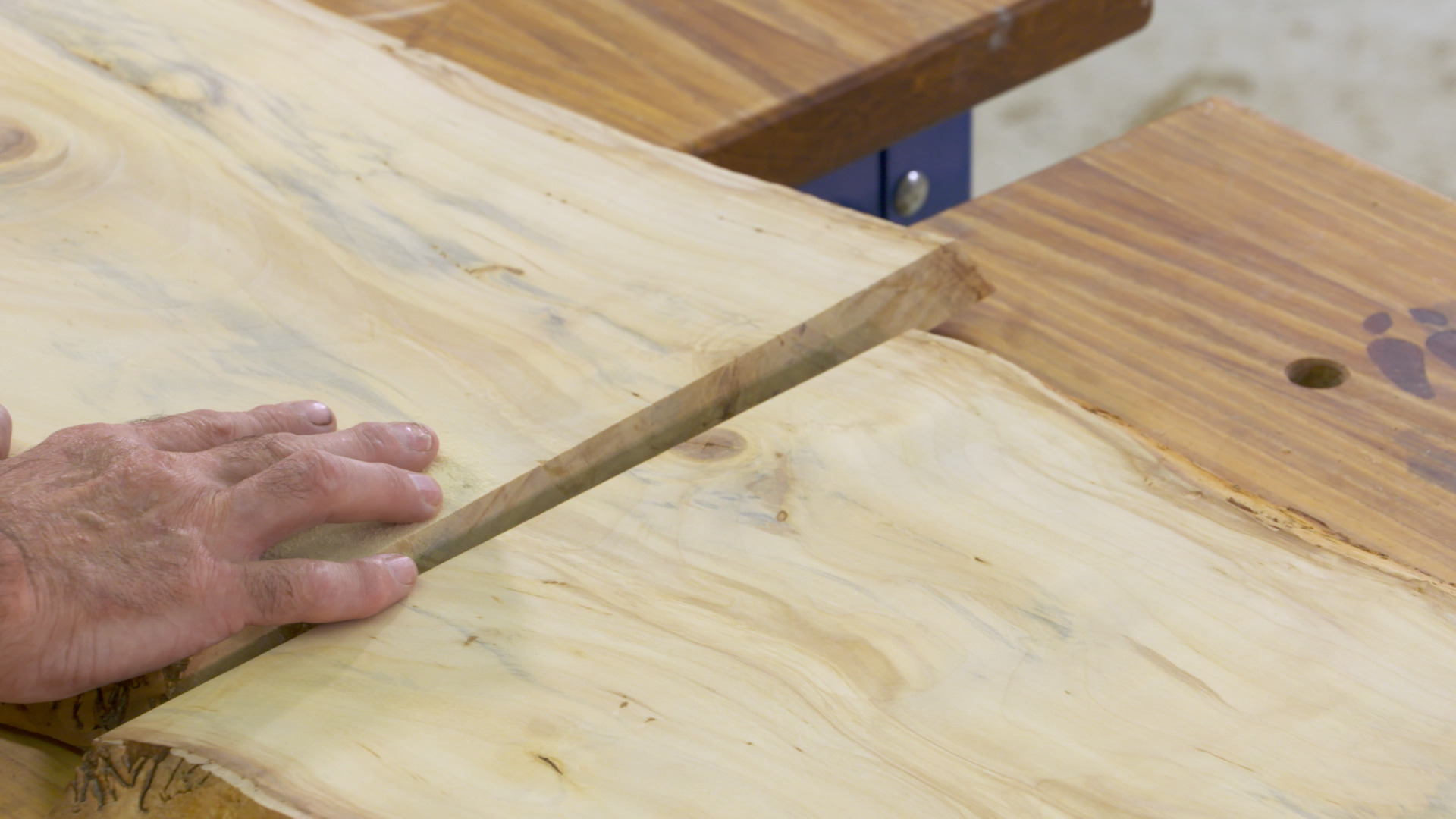
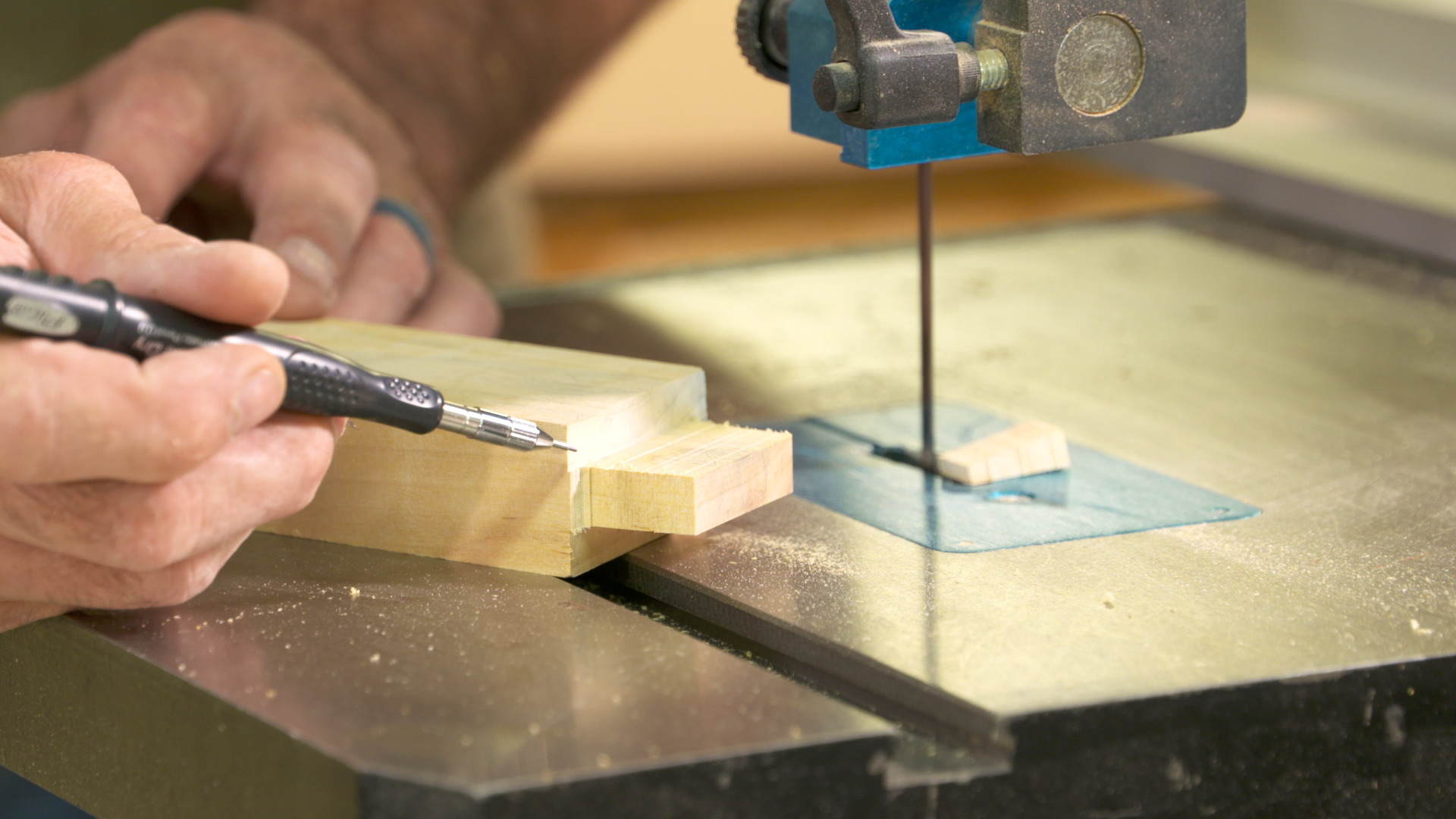
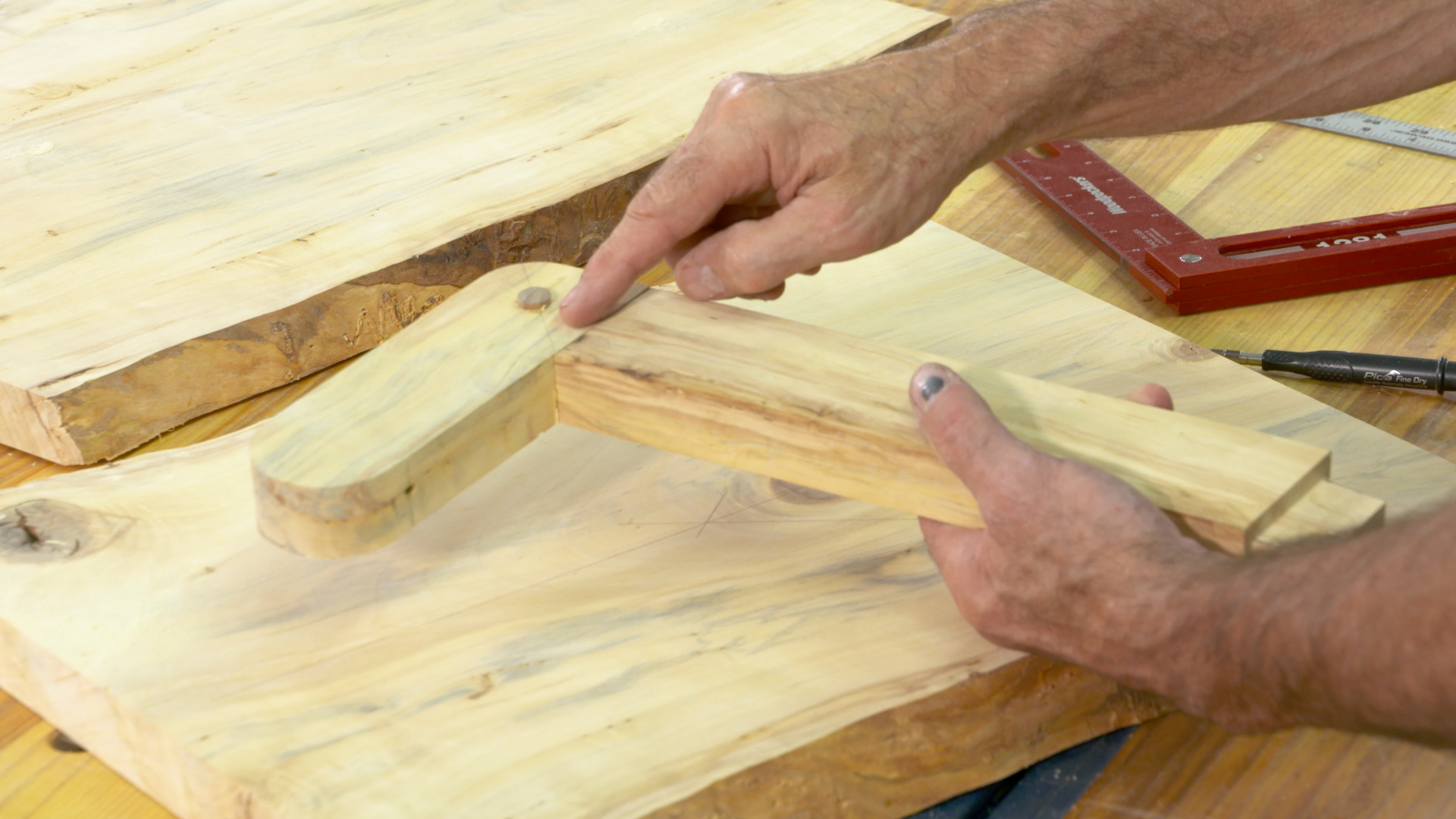
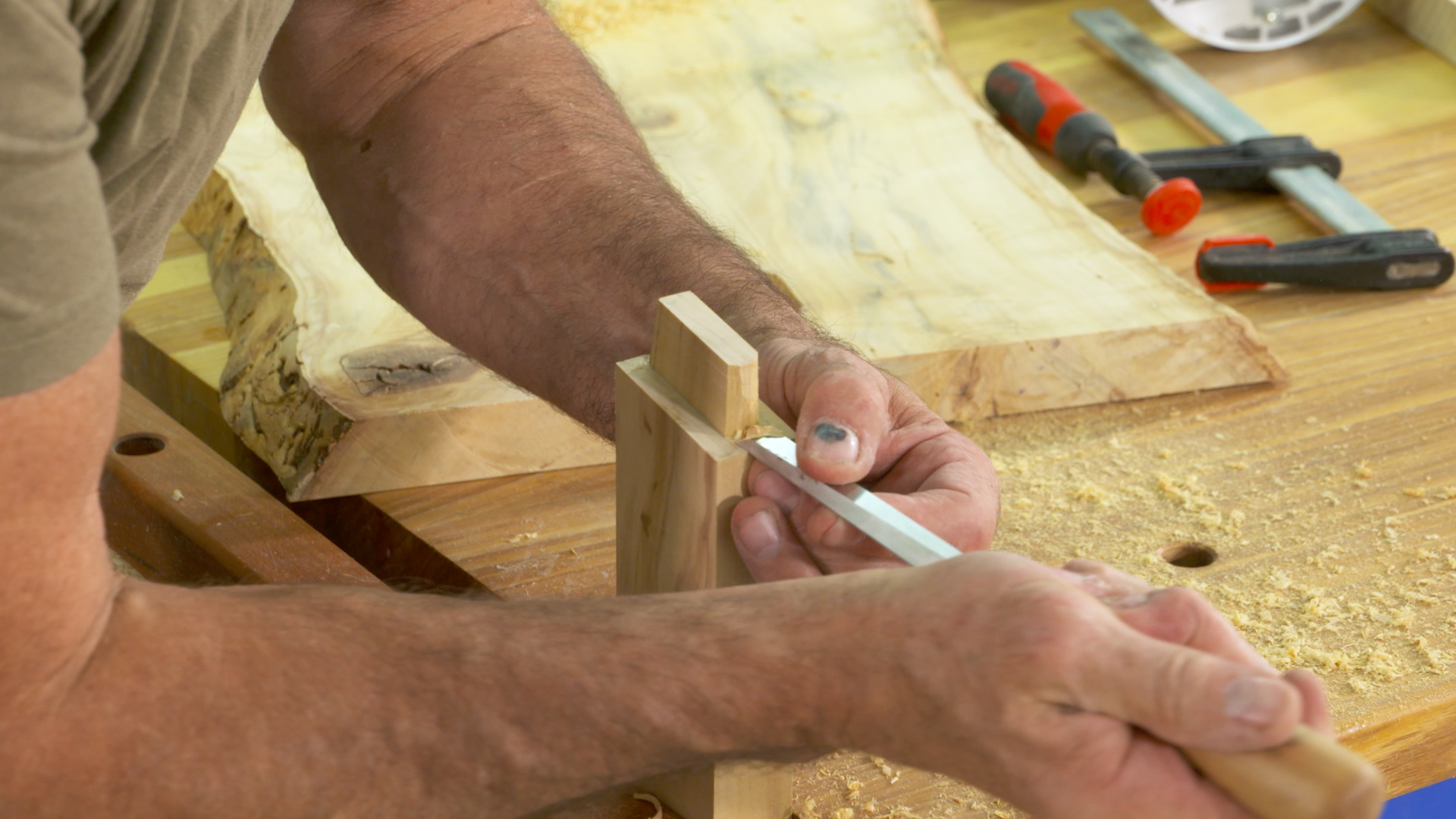
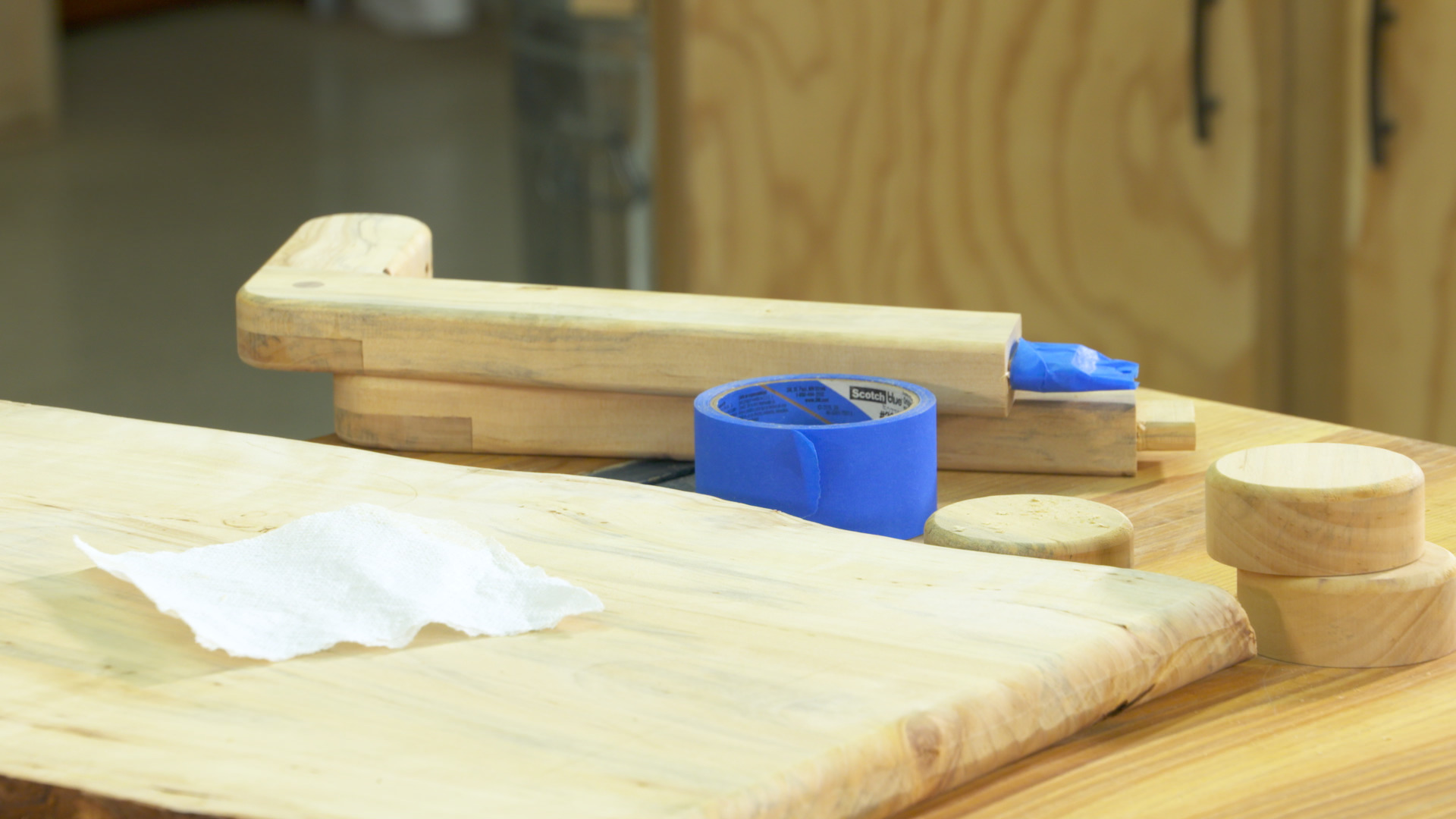
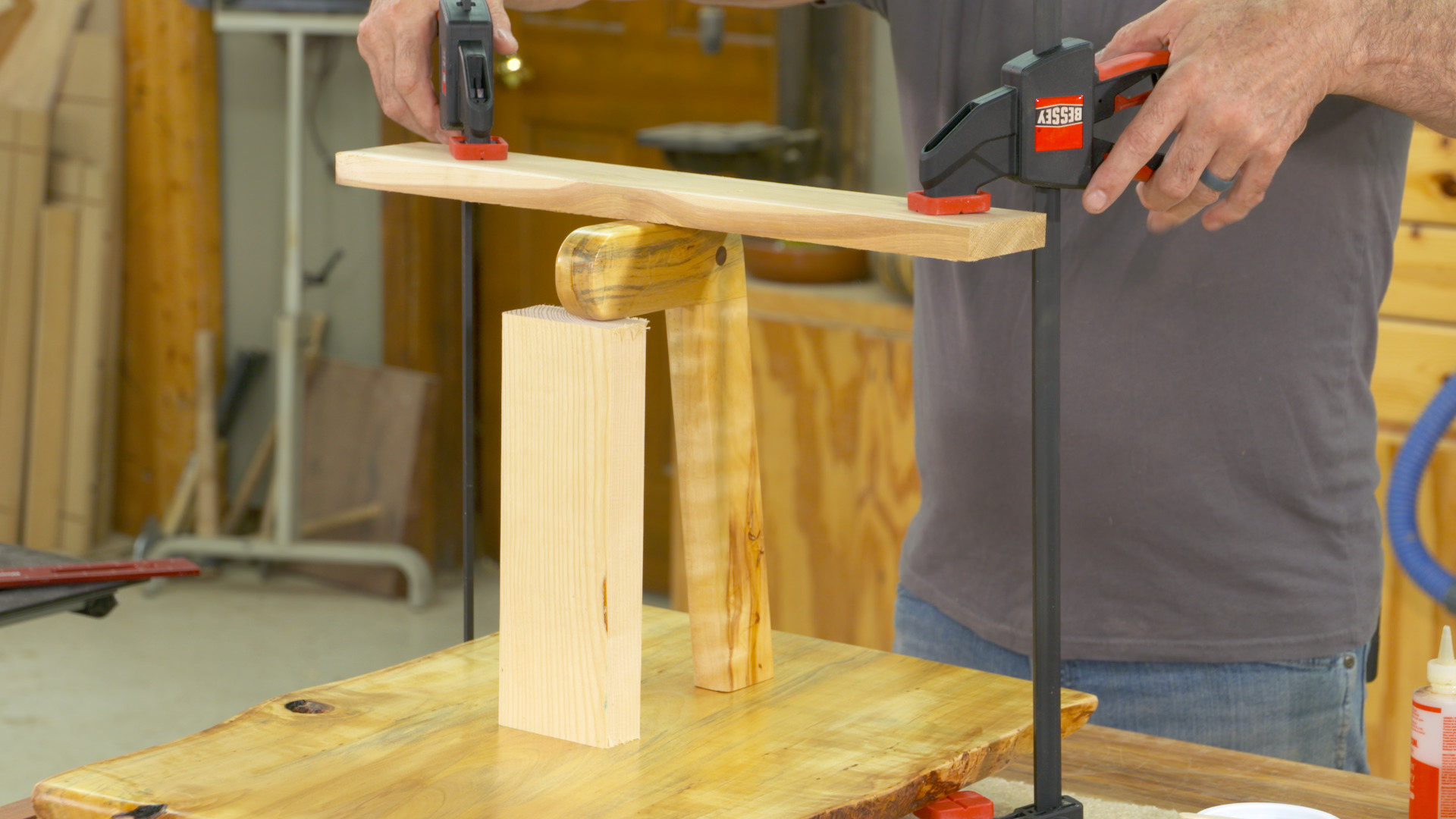
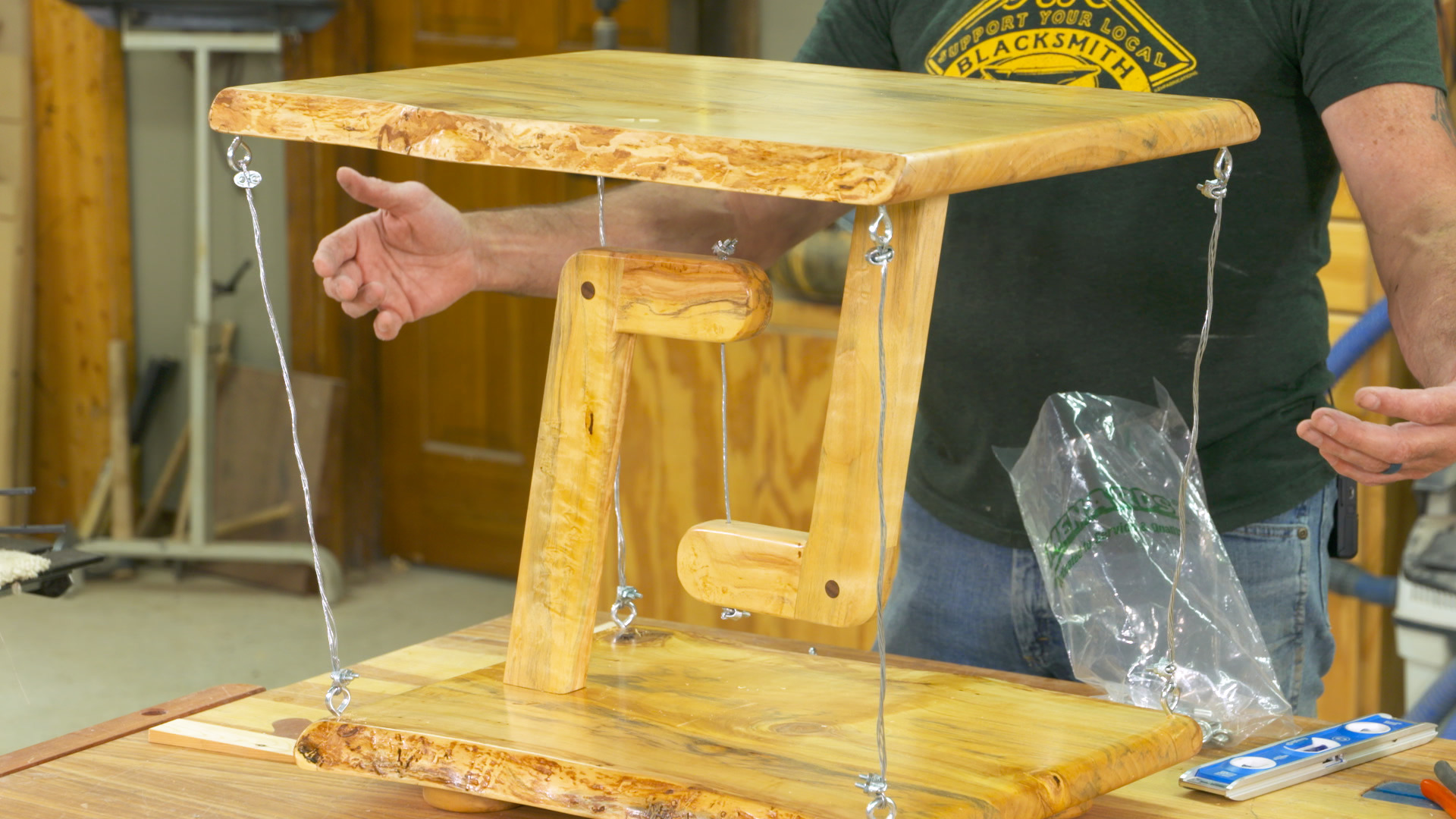
I’ve wanted to build an Impossible Table for a long time, and finally did it. These are also called Tensegrity Tables. They’re a great conversation piece because it looks like there’s nothing holding the table up.
My table uses live edge slabs for the top and bottom, and they add another visually interesting detail to the table. You could, alternatively glue up pieces to get the width of pieces you want for top and bottom.
Designing Your Table
I’ll take you through the thought processes I went through as I developed the hanger system for this table. You can apply that to the table you’re going to make.
The Hangers
You’ll hear me talk about the hangers over and over. They’re a very important aspect of the project because, in the end, the table is supported by the structure of the hangers.
Hardware
Cables and eye hooks bring everything together and, like a suspension bridge, are key to holding the Impossible Table up, and keeping it together.
Details
Feet give the table some lift off the floor, and a significant round over eases the corners to give the project a softer look.
George Vondriska
Formally trained in technology education, George Vondriska has been teaching woodworking since 1986. He has been the managing editor of Woodworkers Guild of America since 2007. In addition to classes at his own Vondriska Woodworks School, George teaches at woodworking shows across the country and has taught woodworking for the Peace Corps, Andersen Window, Northwest Airlines and the Pentagon.

Bonus materials available after purchase